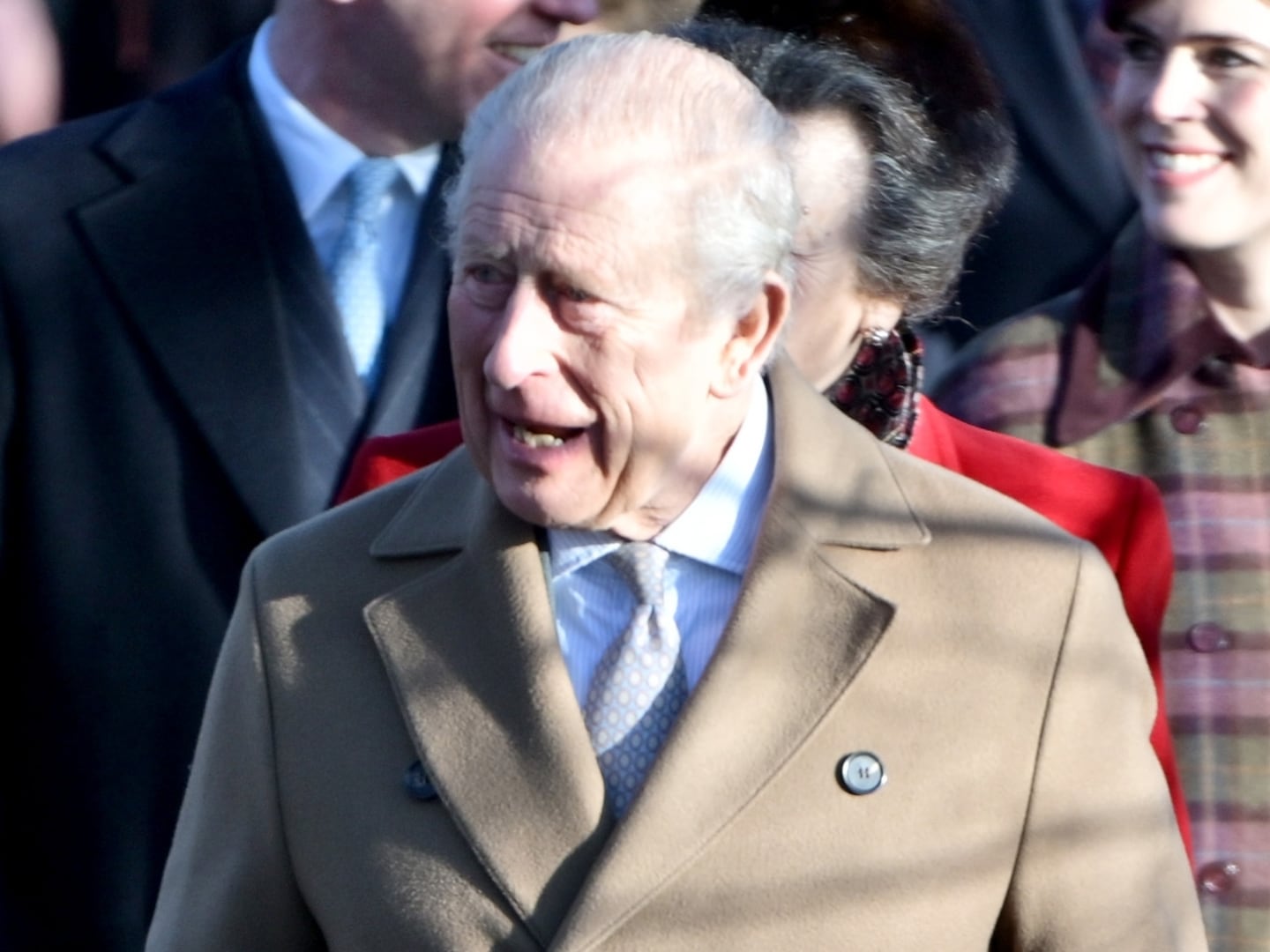TORONTO, Canada—When James Baldwin’s novel If Beale Street Could Talk was published in 1974, the critical reaction was decidedly mixed. Baldwin was probably the most ubiquitous African-American intellectual of the 1960s—by the ‘70s, given shifting intellectual fashions and a growing mood of conservatism, his star was fading. While Joyce Carol Oates lauded Beale Street in the Sunday New York Times book review, Anatole Broyard, in the daily edition, dismissed the book as a minor potboiler and declared that Baldwin’s work was more dated than the novels of Richard Wright, the writer that Baldwin had excoriated as old hat in a famous essay written 25 years before Broyard’s snide review.
The fact that it’s taken nearly another 50 years for Beale Street to be made into a movie reflects the realization that our cultural climate is now more receptive to Baldwin’s potent mixture of earnest sentiment and political outrage.
Barry Jenkins, whose film adaptation of Beale Street premiered on Sunday at the Toronto International Film Festival, is the ideal director to take on the task of bringing Baldwin to the screen. Known for his admiration for the work of art-house stalwarts such as Wong Kar-wai and Claire Denis, he brings the right balance of realism and stylization to a story that derives its power both from lyrical flights of fancy and the enumeration of bitter historical truths.
Except for adding a somewhat more open-ended conclusion, Jenkins ‘s script is relatively faithful to its source material. The essential core of the novel is retained. On one level, Jenkins is drawn to its romantic ambience, the almost idyllic relationship of two young Harlemites—Tish (Kiki Layne), a naïve 19-year-old young woman, and Alonzo “Fonny” Hunt (Stephan James), the slightly older sculptor she’s infatuated with. More importantly, the way in which the justice system eradicates the hope of these two young lovers when Fonny is falsely accused of raping a Puerto Rican woman drives home the power of the despair expressed by Tish’s mother in one of Baldwin’s signature passages—her conviction that “Whoever discovered America deserved to be dragged home, in chains, to die.” It’s unquestionable that this sort of anguish resonates even more resoundingly in the era of Black Lives Matter.
Baldwin was also known for his perceptive treatment of family dynamics, and some of the most powerful moments in the film involve confrontations between the ill-fated lovers and the more truculent members of their extended family. Tish’s mother (Regina Hall) is the personification of empathy while Fonny’s strait-laced mother (Aunjanue Ellis), is derided as an eccentric “holy roller” by her prospective in-laws. When Tish announces that she’s pregnant with Fonny’s baby, Mrs. Hunt’s moralistic tirade about how the baby has been conceived in sin turns a placid family gathering into an inter-generational war zone. Baldwin was of course a minister’s son; his disillusionment with the more conservative elements of the black church suffuses both the novel and film.
Jenkins’s expressionistic style couples voice-over appropriated from Tish’s internal monologues in the novel with a generous sampling of jazz classics on the soundtrack by musicians such as John Coltrane and Mal Waldron. The film reaches something of a lyrical crescendo when Tish describes her Greenwich Village dinner with Fonny and his friend Daniel (Brian Tyree Henry), who has recently been released from prison. A fleeting moment of bliss is captured with the synthesis of James Laxton’s gliding camera, which captures close-ups of the guests, and the jazz-inflected cadences of Nicholas Britell’s music. In later sequences, as the mood darkens and Tish and her mother despair of ever freeing Fonny from prison, the use of archival photographs recording police violence toward unarmed black citizens also aligns the despondent political mood of the late 20th century with our current battle with white supremacists.
To a certain extent, Jenkins’s adaptation of Beale Street embodies what is often termed the “blues aesthetic” in African-American culture—the catharsis that ensues from transforming the pain of the black experience into art. If the positive response of Jenkins’s film in Toronto is any indication, Beale Street’s melancholy, bluesy catharsis will continue to captivate audiences when it’s commercially released in November.






